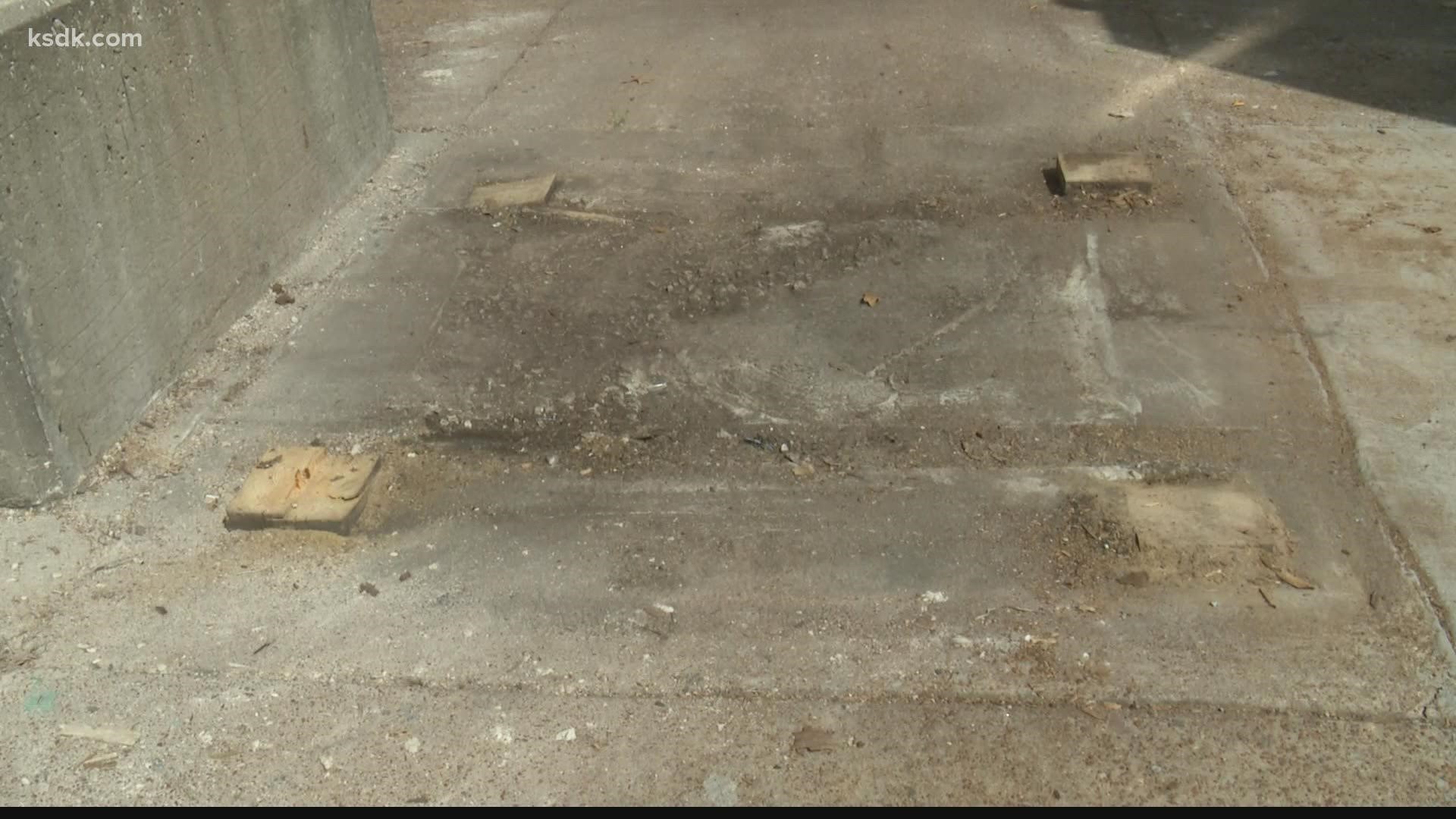ST. LOUIS — The statue known as Cherokee Native is no longer located at Cherokee and South Jefferson in south St. Louis. Cherokee Community Improvement District members voted to remove the statue, saying it does not appropriately honor indigenous communities.
It came down Friday morning, a day before Martin Casas, owner of Apotheosis Comics & Lounge, was slated to hold his store’s grand opening at that same intersection.
“I think there was a lot of nostalgia about keeping the statue,” said Casas. “It was a fixture on this corner for a long time, but the reality is what it represented changed over time. And it’s time to recognize that and move on.”
For more than 40 years, the Cherokee Native was a fixture here. The statue was commissioned in 1985 by the Cherokee Station Business Association. However, in a statement, officials say now “the statue does not appropriately honor the indigenous communities that have called this land home.”
The statue was 21 feet tall. It depicted a shirtless man with a blanket wrapped around him. One arm was raised in front of the figure, palm out at eye level. The figure held a tablet in one hand and a bow over the other arm. The original paint showed the figure with very dark skin. It was later repainted with lighter skin with a red tint.
A 2007 interview with sculptor Bill Christman in the St. Louis Post-Dispatch says he worked with a Cherokee Indian group to avoid cliche images of Native Americans.
Taron Gear is a neighborhood resident.
“I pass it a lot,” said Gear. “I kind of liked it. Kids liked it, too. I’m not Native American so I can’t really dictate that, but as far as the people around here, no one else really complained about it.”
A merchant who calls herself Becky Buttons owns a store around the corner, where she sells buttons and button-making equipment.
Becky said, “I’m not really going to comment on the aesthetics of it. I would just say I don’t think it was really representative of the neighborhood or the Cherokee culture.”
The statue was moved to the National Building Arts Center, based in Sauget, Illinois. Cherokee Community Improvement District officials said that organization represents, “the single largest effort toward understanding the American built environment and the historical process of its creation.”

